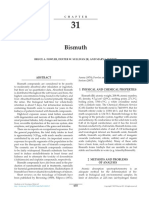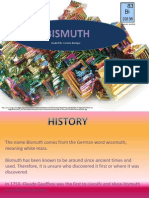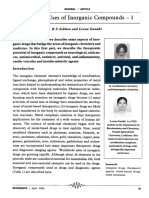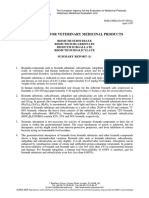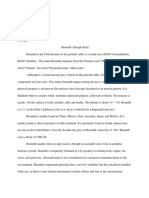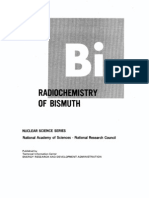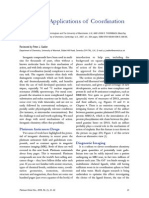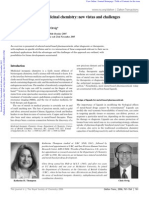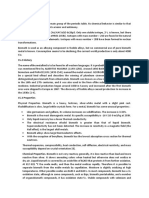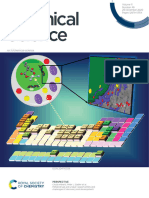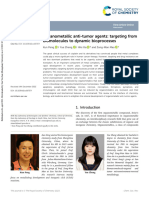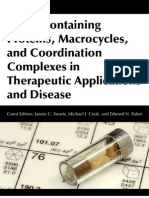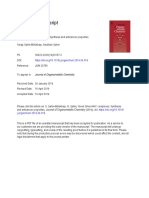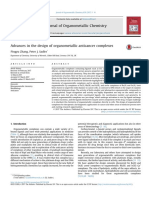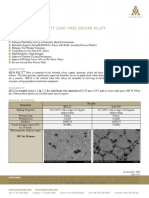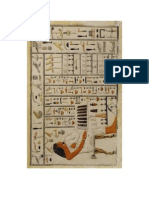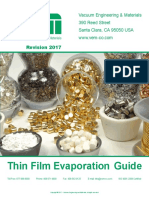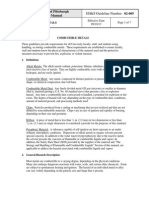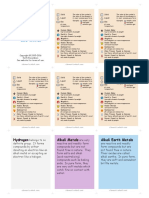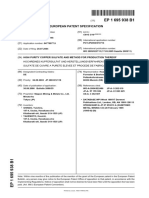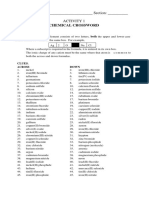0% found this document useful (0 votes)
8 views4 pagesMedicinal Bismuth in Drug Discovery
This article discusses the medicinal applications of bismuth and its complexes, highlighting their low toxicity and effectiveness in treating various gastrointestinal disorders and infections. Bismuth compounds have shown potential in antibacterial, anticancer, and other therapeutic activities, making them valuable in modern drug discovery. The study also explores synthetic methods and the pharmacological properties of bismuth derivatives, emphasizing their growing role in healthcare.
Uploaded by
maninuvCopyright
© © All Rights Reserved
We take content rights seriously. If you suspect this is your content, claim it here.
Available Formats
Download as PDF, TXT or read online on Scribd
0% found this document useful (0 votes)
8 views4 pagesMedicinal Bismuth in Drug Discovery
This article discusses the medicinal applications of bismuth and its complexes, highlighting their low toxicity and effectiveness in treating various gastrointestinal disorders and infections. Bismuth compounds have shown potential in antibacterial, anticancer, and other therapeutic activities, making them valuable in modern drug discovery. The study also explores synthetic methods and the pharmacological properties of bismuth derivatives, emphasizing their growing role in healthcare.
Uploaded by
maninuvCopyright
© © All Rights Reserved
We take content rights seriously. If you suspect this is your content, claim it here.
Available Formats
Download as PDF, TXT or read online on Scribd
/ 4


